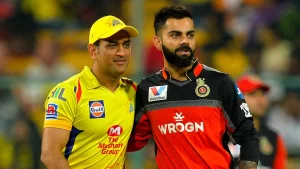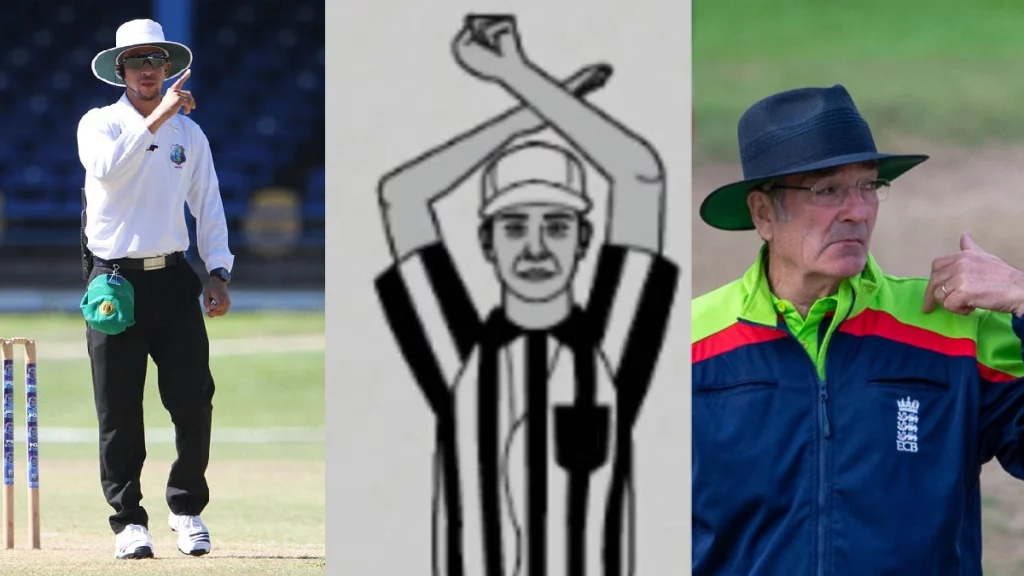Cricket is a globally renowned sport with a basic rule set that applies to all formats. Umpires play a crucial role in making fair decisions and signaling various events during the game. While many popular signals like “out,” “six,” “wide,” and “no-ball” are familiar to most fans, there are some new signals that have been introduced in recent times. One such signal is the Impact Player, while others remain relatively unknown. This article explores three lesser-known umpire signals that may surprise even the most avid cricket fans.
Last hour sign
In international cricket, a Test match spans five days with a fixed number of hours played daily. According to the rules, the bowling team must bowl at least 15 overs during the final hour of each day. To remind the fielding team of this, the umpire will point to his wristwatch to signal the start of the final hour when the last hour approaches.
Penalty runs signal
Penalty rules exist in cricket, just like in other team sports. Breaching the regulations can result in penalties handed out by the on-field umpire. For instance, the fielding team receives a five-run sentence if a ball hits the wicketkeeper’s helmet on the ground. To signal this, the referee places one arm on the opposite shoulder. Penalty runs are uncommon in cricket matches.
One run short
Completing a run requires both batters to cross the crease at opposite pitch ends in cricket. Merely touching the bat on the crease or falling just short of the line does not count as a run. Rushing to score two or three runs can lead to short runs. The on-field umpires monitor these closely, and if a batter falls short by one run, the referee will touch one shoulder with the same hand’s hand to signal a short run.




